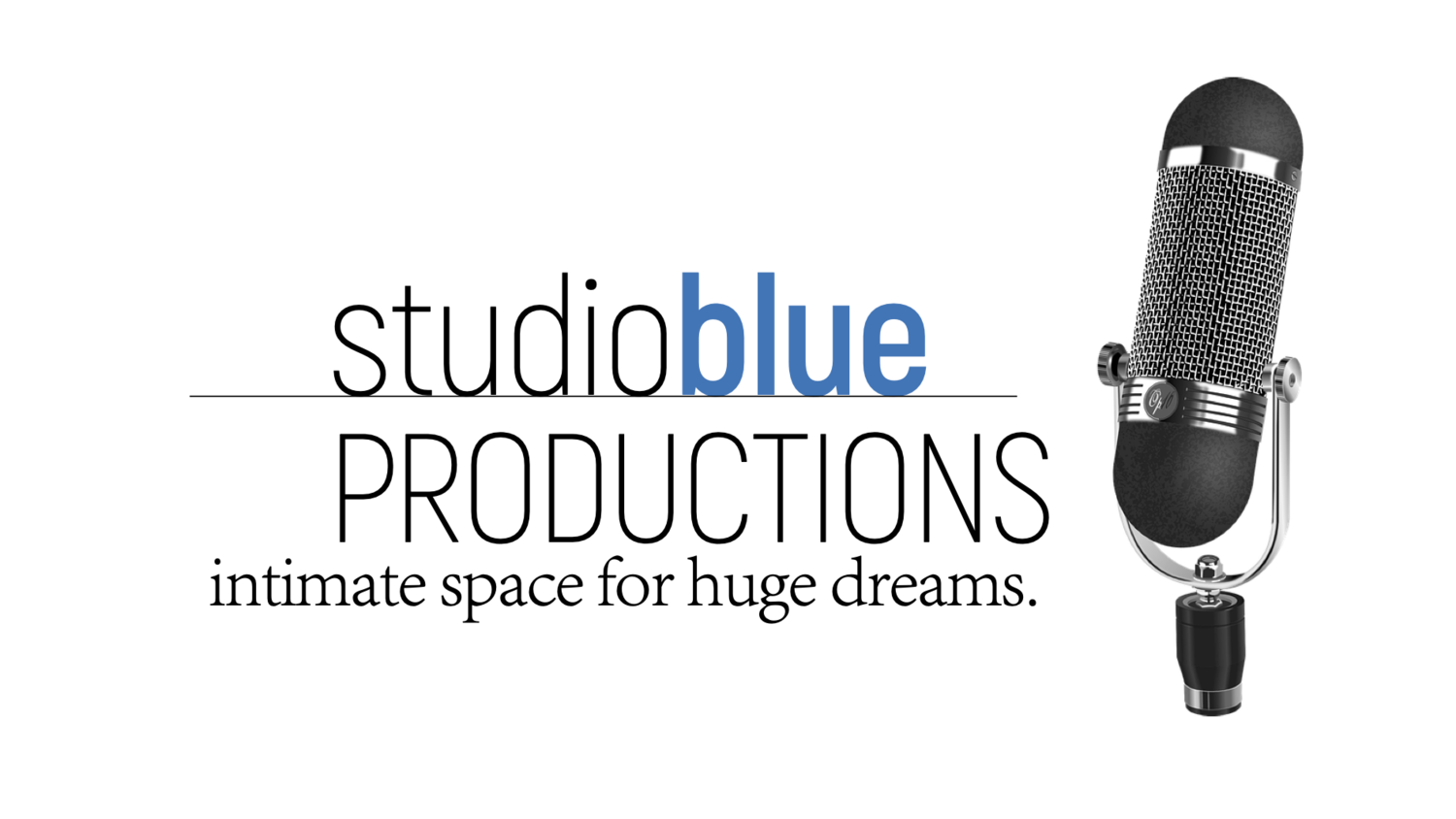
A human voice is one of the most intimate and expressive tools we have to connect with each other.
Voice over work is science and art.
The voice actor (sometimes called the “talent”, which referred to a substantial weight of silver) brings stories to life. But the many challenges to capturing a voice can muffle and muddy those stories. The room treatment, mic choice, distance from microphone, management of the voice actor’s energy and attention — these all add up to a beautifully captured performance.
Then there’s the editing. In editing one can tune cadence, remove unwanted sounds, select the right parts of multiple takes, and ultimately make the spoken word metaphorically sing. The voice over producer benefits from knowing technology, acting, and good people skills.
Corporate Voice Overs often come to me recorded with average mics in poorly treated rooms. I work with the talent to work around these issues as possible, then use a variety of post-production techniques, including EQ and AI tools to lessen excessive room tone, adjusting the mic character to closely resemble more expensive microphones, and using gates, editing, and other noise reduction tools to reduce or eliminate other environmental noises. Here is sample voice over work for a video series produced by Studio Blue for EuroCAST Cookware. Voice over by Lisa Akey, a voice actor in Los Angeles.
Often the voice over talent is not a professional voice actor. Certain habits like tapping the table, squirming in a chair, and varying the distance between mouth and microphone create challenges in post-production. In this example, the talent is a professional mediation guru, Greg Jesser, who has an even tone and steady volume, making post-production easier. Using gates, EQ, and other tools, ambient noise and room tone are minimized. This was recorded on a Rode NT1-A, which was then transformed in post-production to the tone of a very expensive Italian microphone that seemed well-suited to Greg's voice.
We work with spoken word artists, who write poetry or narratives, to be set to music (usually composed by our studio). This was recorded on an Audio Technica AT2020, and transformed into a very expensive Italian microphone, which provided the balance of clarity and suppressed sibilance that makes the talent's voice sit attractively in the mix.



